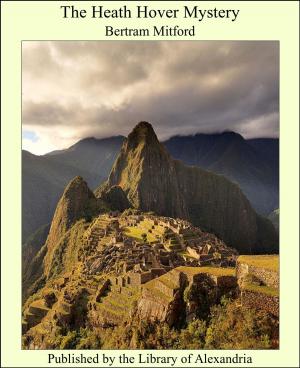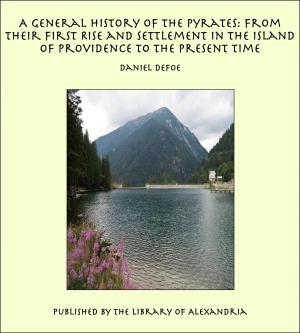Summer Provinces by the Sea: A description of the Vacation Resources of Eastern Quebec and the Maritime Provinces of Canada, in the Territory Served by the Canadian Government Railways
Nonfiction, Religion & Spirituality, New Age, History, Fiction & Literature| Author: | Intercontinental Railway | ISBN: | 9781465616890 |
| Publisher: | Library of Alexandria | Publication: | March 8, 2015 |
| Imprint: | Language: | English |
| Author: | Intercontinental Railway |
| ISBN: | 9781465616890 |
| Publisher: | Library of Alexandria |
| Publication: | March 8, 2015 |
| Imprint: | |
| Language: | English |
The Province of Quebec is highly diversified and mountainous, and full of ever-changing pictures of great beauty. Its eastern borders are famed for their fine highland scenery, picturesque lakes and romantic glens. In many parts the scenery is majestic, with everything on a grand scale; and the mountains, woods, lakes, rivers, precipices and waterfalls all combine to make the country one of the grandest in the world. Canada’s beautiful Mediterranean, the noble St. Lawrence, traverses the province from south-west to north-east, and receives as tributaries the great rivers Ottawa, Richelieu, St. Maurice and the Saguenay, as well as a multitude of other rivers of considerable size. “What river is this?”.....asked Cartier of his Indian pilot, when first he sailed over the broad expanse of the St. Lawrence. With impressive dignity came the reply, “A river that has no end.” How apt this conception was is apparent when we remember that in its widest sense—for the great lakes are but river beds of the Ice Age—the St. Lawrence system is over 2200 miles long. It is interesting to remember that all the early navigators sailed up the St. Lawrence with the hope of thus reaching China and the Indies. It was this quest for a direct western seaway to the Orient that led to the discovery of the North American continent. Indeed, in Roman times and many centuries before the Norse discovery of a thousand years ago, Iberian shipping, bound west, is believed to have reached the St. Lawrence as far as Tadousac and the Saguenay River. All of these daring navigators believed that the Western shores reached by them were the bold headlands of the Asiatic continent.
The Province of Quebec is highly diversified and mountainous, and full of ever-changing pictures of great beauty. Its eastern borders are famed for their fine highland scenery, picturesque lakes and romantic glens. In many parts the scenery is majestic, with everything on a grand scale; and the mountains, woods, lakes, rivers, precipices and waterfalls all combine to make the country one of the grandest in the world. Canada’s beautiful Mediterranean, the noble St. Lawrence, traverses the province from south-west to north-east, and receives as tributaries the great rivers Ottawa, Richelieu, St. Maurice and the Saguenay, as well as a multitude of other rivers of considerable size. “What river is this?”.....asked Cartier of his Indian pilot, when first he sailed over the broad expanse of the St. Lawrence. With impressive dignity came the reply, “A river that has no end.” How apt this conception was is apparent when we remember that in its widest sense—for the great lakes are but river beds of the Ice Age—the St. Lawrence system is over 2200 miles long. It is interesting to remember that all the early navigators sailed up the St. Lawrence with the hope of thus reaching China and the Indies. It was this quest for a direct western seaway to the Orient that led to the discovery of the North American continent. Indeed, in Roman times and many centuries before the Norse discovery of a thousand years ago, Iberian shipping, bound west, is believed to have reached the St. Lawrence as far as Tadousac and the Saguenay River. All of these daring navigators believed that the Western shores reached by them were the bold headlands of the Asiatic continent.















